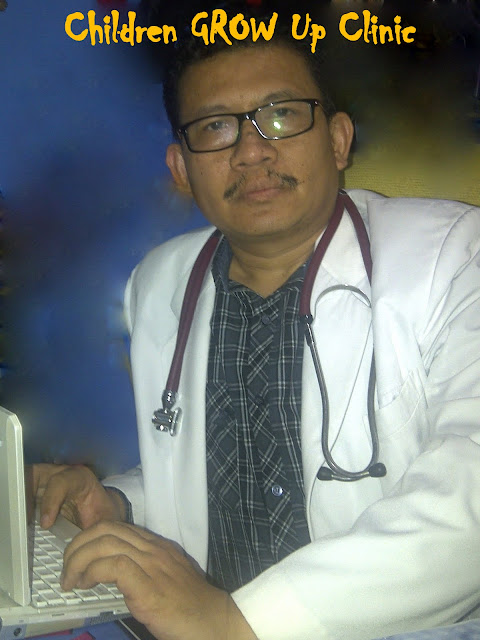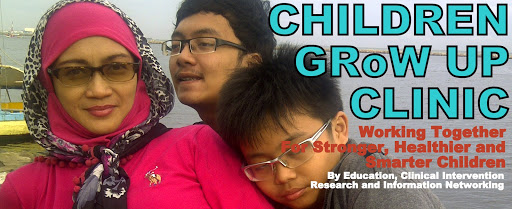Link between depression and academic self-esteem in gifted children].
Bénony H
Encephale. 2007 Jan-Feb;33(1):11-20.
Abstract
INTRODUCTION: Studies of the psychology of gifted children frequently refer to their relatively immature affective development in terms of their intellectual capacities and the relational difficulties they experience with regard to their peers, teachers, close acquaintances and sometimes their parents. From a psychopathological viewpoint, various types of problem have been observed such as depressive symptoms, motor instability coupled with hyperactivity, attentional deficits, impulsivity and a fall in self-esteem.
OBJECTIVE: In this study, we wished to verify the links between self-esteem and psychopathological symptoms in these children.
METHOD: The total population studied consisted of 58 pupils taken from two teaching establishments in Dijon who were subdivided into two groups (gifted children and adolescents versus control children and adolescents). Of these 58 subjects who took part in the tests, 8 were eliminated either due to their results on the “lie” scale of the self-esteem scale (score greater than or equal to 5) or to their age. In effect, a high score on this scale implies that the subjects want to show themselves in a better light than is actually correct. It is then assumed that the subjects had sought the examiner’s approval by presenting the best possible image of themselves; 23 gifted children, referred to as GC (10 girls, 13 boys) aged between 9 and 13 years (mean age=11 years 3 months or 135 months, standard deviation=14) took part in the study. The selection criteria required the subjects to possess an Intelligence Quotient (IQ) calculated using one of the Weschler tests (WPPSI or WISC III depending on age) greater than or equal to 130 (mean IQ=145.23, standard deviation=7.93); 20 were attending private schools and 3 were in the state education system. They were all attending special “GC” classes to which they had been admitted solely on the basis of an IQ test conducted by a psychologist. Their teachers had volunteered to take these classes and had received appropriate training. The pupils had no record of any neurological or physical antecedents, were all French-speaking, were not taking any toxic substances and had never consulted a psychologist or psychiatrist. They were all in advance by one to two years in terms of academic level. They were matched with the control subjects by real age and not mental age and as a function of their parents’ socio-economic level. The mean age of this latter group was 11 years, 4 months (standard deviation=14 months; minimum=8 years 11 months, maximum=13 years 1 month) and the group consisted of 14 girls and 9 boys. It was similar to the target group in terms of age, gender, key childhood experiences, divorces, separations and the death or illness of close relations. They had never consulted a child psychologist or been hospitalized for related problems, were not following any psychotherapy, were neither behind nor advanced in terms of academic age and came from normal classes. Their mean Intelligence Quotient (IQ) was 106.04 (standard deviation=5.39). Children attending special classes (European, Franco-German, music, sport, etc.) were excluded in order to obtain as “standardized” a group as possible. The following tools were used: 1) The Child Behaviour Check List (CBCL), a self-questionnaire developed in 1978 by Achenbach in the USA, which is one of the most frequently used child psychopathology measuring tools both in research and in clinical practice. It is intended to provide a standardized description of emotional and/or behavioral problems as observed by parents in children aged between 4 and 16 years. A French version, “la liste des comportements pour les enfants”, has been developed and used for a subsample of the boys aged between 6 and 11 years (Fombonne and Vermeersch, 1997). 2) Carré’s “self-esteem inventory” (SEI) was created by Carré (1984) in order to test the level of self-esteem. This tool is designed to measure the subject’s evaluation of himself or herself in the social, family, academic and general fields. A “lie” scale makes it possible to reject invalidated tests. 3) The EDICODE is an instrument designed to gather and quantify the speech produced by the subject during a semi-structured interview. It is rated by the interviewer and is therefore dependent on his or her subjective evaluation. It was constructed within a clinical research perspective (Pierrhumbert et al., 1999) and is based on the theory of attachment (Main and Goldwyn, 1985-1994). EDICODE consists of 21 items presented in the form of differential semantic scales. These items are then grouped into 5 factors or scales (containing non-redundant items) that cover the following dimensions: fluidity (associative richness, ease of access to memories, participation in the interview), coherence (the speech is “focused” and structured), appropriateness (appropriate relational distance, confidence in relations, capacity for emotional control), reflection (consideration of one’s own mental state and that of others as well as of the influence of such states), authenticity (spontaneous, lively speech).
RESULTS: The comparison of 23 gifted children (GC) and 23 controls matched on age, sex and school grade revealed that the scores for academic self-esteem, total self-esteem and lie-scale were significantly lower than those observed in the control group (p<0.006, p=0.03, p<0.0001 respectively) and that the depression scores were significantly higher in the gifted children (p=0.021). Significant correlations are only observed in the group of gifted children. The correlation analyses reveal that the lower the general self-esteem, academic self-esteem and total self-esteem values had fallen, the higher the depression (r=- 0.59, r=- 0.67 and r=- 0.76 respectively), hyperactivity (r=- 0.47, r=- 0.82 et r=- 0.59) and total psychopathology (r=- 0.56, r=- 0.67 et r=- 0.75) scores were. Similarly, the lower the general and total self-esteem scores, the higher the aggression scores (r=- 0.56 and r=- 0.68 respectively). Academic self-esteem was the only value to be negatively correlated with communication disorders (r=- 0.79) and somatization symptoms (r=- 0.49). Finally, social self-esteem, family self-esteem and the lie scale were not correlated with any CBCL variable. The regression analyses indicate that academic self-esteem is the variable that explains the depression scores.
DISCUSSION: The gifted children in our study therefore manifested a lack of self-esteem, and in particular a lack of academic self-esteem, coupled with depressive symptoms. For Coopersmith (1984), self-esteem is a function of experienced events in the various sectors in question, while Gibello (1992) sees a link between inhibition or academic disinvestment and everything that may generate anxiety and/or depression in the subject. We can hypothesize that the difficulties experienced by these children derive, at least in part, from their specific characteristics, namely their internal and social dysschynchronism (Terrassier, 1981). Among its other effects, this dyssynchronism leads to a school life that is often difficult or even chaotic, resulting in a general level of self-esteem, and more particularly an academic self-esteem, that is lower than the mean. These considerations might then, in their turn, generate psychopathological symptoms such as depression or hyperactivity (Revol et al., 2002) which have repercussions that affect the effectiveness of the children's school work. This study suggests the need to verify whether similar results are observed in gifted children who do not attend special classes and children who have not yet been identified as gifted. Furthermore, our results indicate that these children are liable to a specific vulnerability in the emotional and behavioral domains that needs to be emphasized. They stress the need for early preventive measures to combat the emotional and behavioral difficulties experienced by gifted children and emphasize the importance of continuing to conduct this type of study in order to explain and specify the origin of these difficulties.
Source : Département de Psychologie, LPCS, Université de Bourgogne,
supported by
CHILDREN GRoW UP CLINIC Yudhasmara Foundation Inspirasi Orangtua, Tumbuhkan Anak Semakin Sehat, Kuat dan Cerdas
 CHILDREN GRoW UP CLINIC I Jl Taman Bendungan Asahan 5 Bendungan Hilir Jakarta Pusat 10210, phone (021) 5703646 – 44466102
CHILDREN GRoW UP CLINIC I Jl Taman Bendungan Asahan 5 Bendungan Hilir Jakarta Pusat 10210, phone (021) 5703646 – 44466102- CHILDREN GRoW UP CLINIC II MENTENG SQUARE Jl Matraman 30 Jakarta Pusat 10430, phone (021) 44466103
- email :
- http://childrengrowup.wordpress.com
WORKING TOGETHER SUPPORT FOR STRONGER, SMARTER AND HEALTHIER CHILDREN BY EDUCATION, CLINICAL INTERVENTION, RESEARCH AND NETWORKING INFORMATION. Advancing of the future pediatric and future parenting to optimalized physical, mental and social health and well being for fetal, newborn, infant, children, adolescents and young adult
LAYANAN KLINIK KHUSUS “CHILDREN GRoW UP CLINIC”
PROFESIONAL MEDIS “CHILDREN GRoW UP CLINIC”
|
Clinical – Editor in Chief :
 Dr WIDODO JUDARWANTO SpA, pediatrician
Dr WIDODO JUDARWANTO SpA, pediatrician
- email :
- curriculum vitae
- For Daily Newsletter join with this Twitter https://twitter.com/WidoJudarwanto
Information on this web site is provided for informational purposes only and is not a substitute for professional medical advice. You should not use the information on this web site for diagnosing or treating a medical or health condition. You should carefully read all product packaging. If you have or suspect you have a medical problem, promptly contact your professional healthcare provider

Copyright © 2012, CHILDREN GRoW UP CLINIC Information Education Network. All rights reserved











